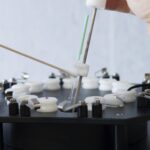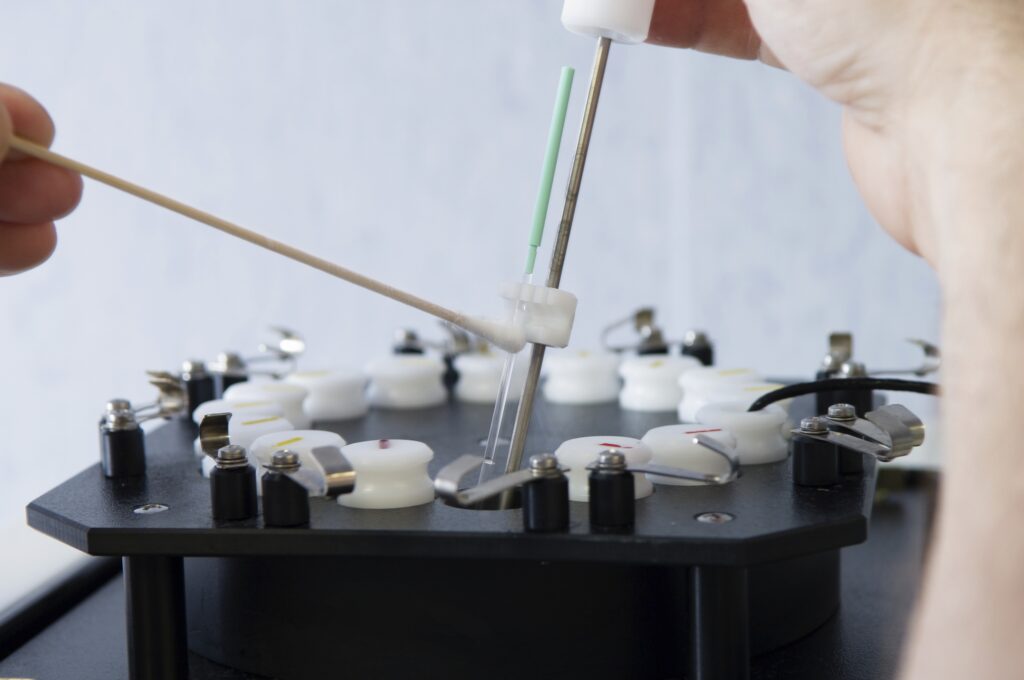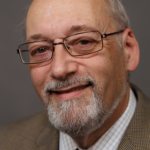No Run on this Bank
It would seem that the California Institute for Regenerative Medicine (CIRM) is not alone as it increasingly moves away from human embryonic stem cell research (hESCR) and towards adult and other non-embryonic avenues of stem cell research.
As a recent Lozier Institute study reported, over the years since it was founded to provide financial support for hESCR, CIRM has instead been awarding more and more grants to adult stem cell research. CIRM’s current strategic plan has as its goal moving projects as quickly as possible to the clinical trial phase, and its pattern of awarding more and more grants to adult stem cell research would indicate that hESCR is falling far short of achieving this goal.
Enter the University of Massachusetts Stem Cell Bank.
Or, rather, exit the University of Massachusetts Stem Cell Bank.
According to news reports, the stem cell bank will run out of money at the end of the year and, when it does, state officials and officials at the University of Massachusetts have agreed to just let it close.
This was not how things were supposed to turn out.
As was the case with CIRM, the University of Massachusetts Stem Cell Bank was conceived as push-back against President Bush’s policy of limited federal funding for hESCR.
“Originally, the bank was seen as a repository for embryonic stem cell lines that were being created but were not eligible for federal funding under Bush-era restrictions,” according to the Boston Globe.
When it first opened, the bank was “absolutely state of the art,” said Susan Windham-Bannister, president of the Massachusetts Life Sciences Center. Such a bank housing hESC lines was to be “a marquee piece of Governor Deval Patrick’s effort to bolster the life sciences industry” in Massachusetts. Towards that end, the state provided just under $8 million to launch the project.
Yet today, “the bank receives one to two requests a week,” Terence Flotte, dean of University of Massachusetts Medical School, told the Globe. The most reasonable explanation for this unanticipated development would seem to be that scientists hoping to turn research into cures are losing interest in working with hESCs.
Or, as the Globe succinctly put it, the bank has “become obsolete.”
Taken together with CIRM’s favoring of adult/non-embryonic stem cell research, the University of Massachusetts Stem Cell Bank’s closure provides yet more evidence that the therapeutic promise of hESCs – so hyped in the past — is becoming obsolete as well.
Gene Tarne is a Senior Analyst at the Charlotte Lozier Institute.

























